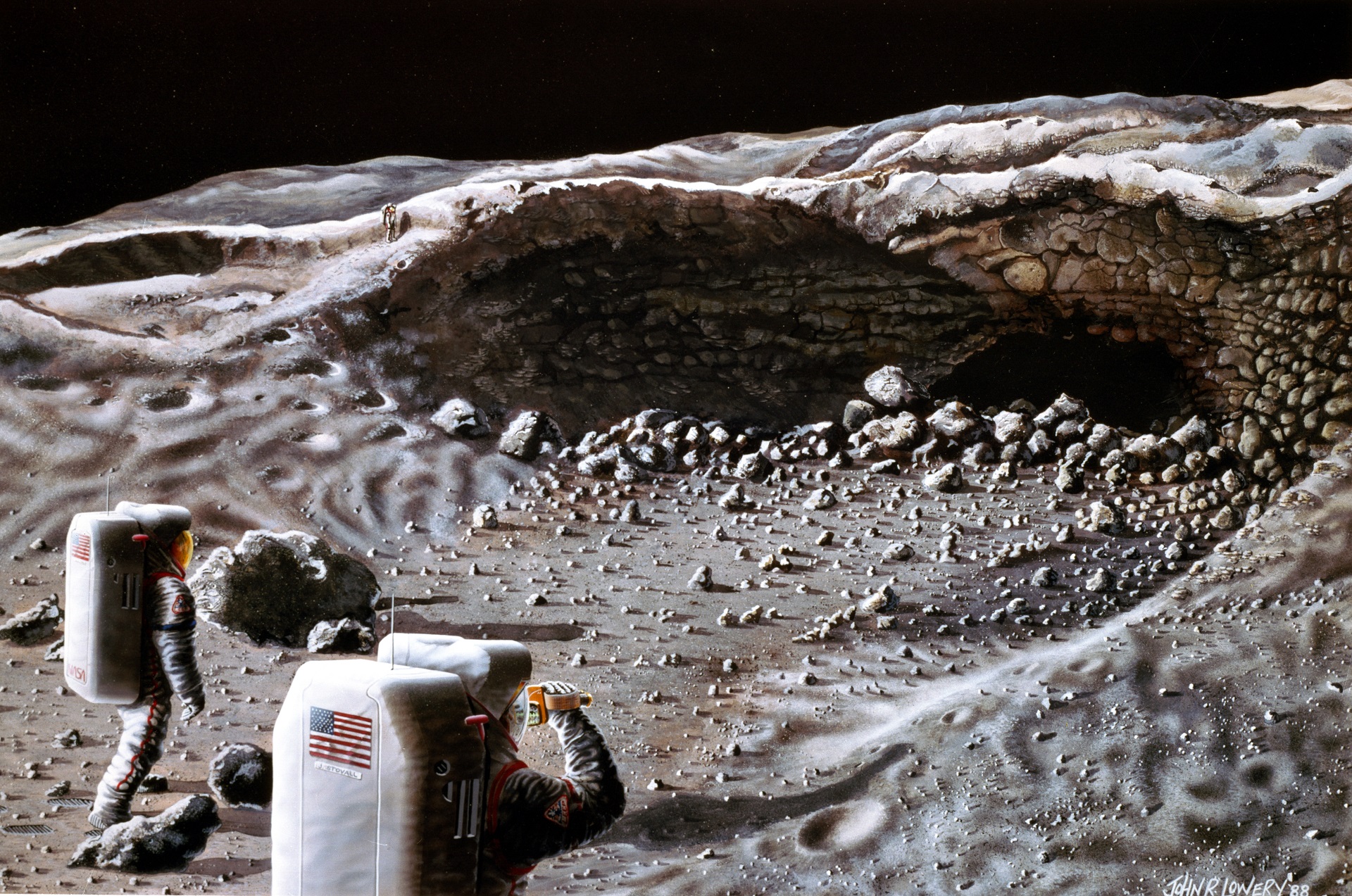Lunar Exploration and Caves: Nasa Moon Caves

Nasa moon caves – Lunar exploration has long been a subject of fascination and scientific inquiry. With the recent advancements in technology, scientists are now able to explore the moon’s surface and its enigmatic caves, which hold the potential for groundbreaking discoveries.
Moon caves are intriguing geological formations that offer unique opportunities for scientific research. These caves are believed to have formed billions of years ago as a result of volcanic activity and meteorite impacts. They provide a shielded environment from the harsh conditions on the moon’s surface, including extreme temperatures, radiation, and micrometeorite bombardment.
Challenges and Opportunities, Nasa moon caves
Exploring moon caves presents both challenges and opportunities. One of the primary challenges is the extreme environment within the caves. The caves are typically dark, cold, and have low oxygen levels. Additionally, the terrain can be treacherous, with narrow passages and unstable rock formations.
Despite these challenges, moon caves offer a wealth of opportunities for scientific research. They provide a unique environment to study the moon’s geological history, search for evidence of past or present life, and potentially develop future lunar habitats.
Potential Discoveries
One of the most exciting prospects of moon cave exploration is the potential to discover evidence of past or present life. The caves’ shielded environment could have provided a refuge for microbial life, which may have survived the harsh conditions on the moon’s surface. Additionally, the caves could contain organic molecules or other biosignatures that could provide clues about the origin and evolution of life in our solar system.
Beyond the search for life, moon caves also offer insights into the moon’s geological history. The caves’ walls and floors preserve a record of past volcanic activity, meteorite impacts, and other geological processes. Studying these features can help scientists better understand the moon’s formation and evolution.
The exploration of moon caves is a complex and challenging endeavor, but it also holds the potential for groundbreaking discoveries. With the continued advancements in technology and the dedication of scientists, we can unlock the secrets of these enigmatic lunar formations and gain a deeper understanding of our place in the universe.
The recent discovery of lunar caves by NASA has sparked renewed interest in the possibility of life on the moon. While the caves are still largely unexplored, scientists believe they could provide a habitable environment for microorganisms. If life is found in the lunar caves, it would have profound implications for our understanding of the universe.
It would also provide a new target for future space exploration missions, such as the upcoming Morning Joe mission. The Morning Joe mission is scheduled to launch in 2024 and will spend two years exploring the lunar caves in search of life.
NASA’s discovery of moon caves has sparked excitement in the scientific community. These caves, hidden beneath the lunar surface, could provide valuable insights into the moon’s history and potential for future exploration. One notable figure who has expressed interest in the moon caves is Katie Britt , a Republican candidate for the U.S.
Senate from Alabama. Britt has emphasized the importance of space exploration and the potential benefits it could bring to humanity, including the study of moon caves.